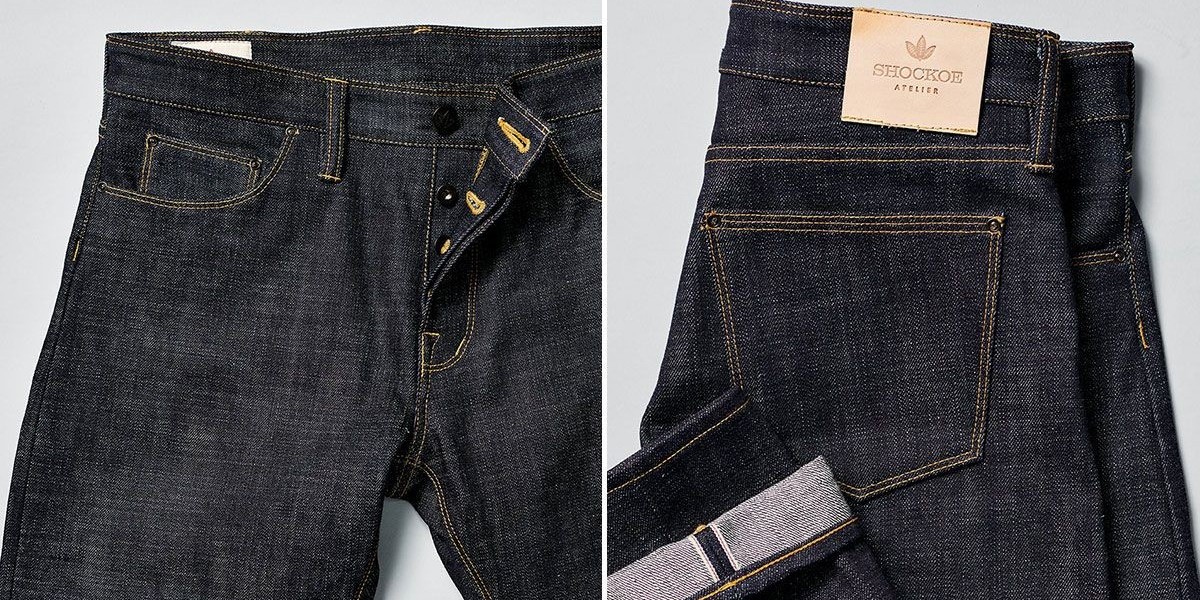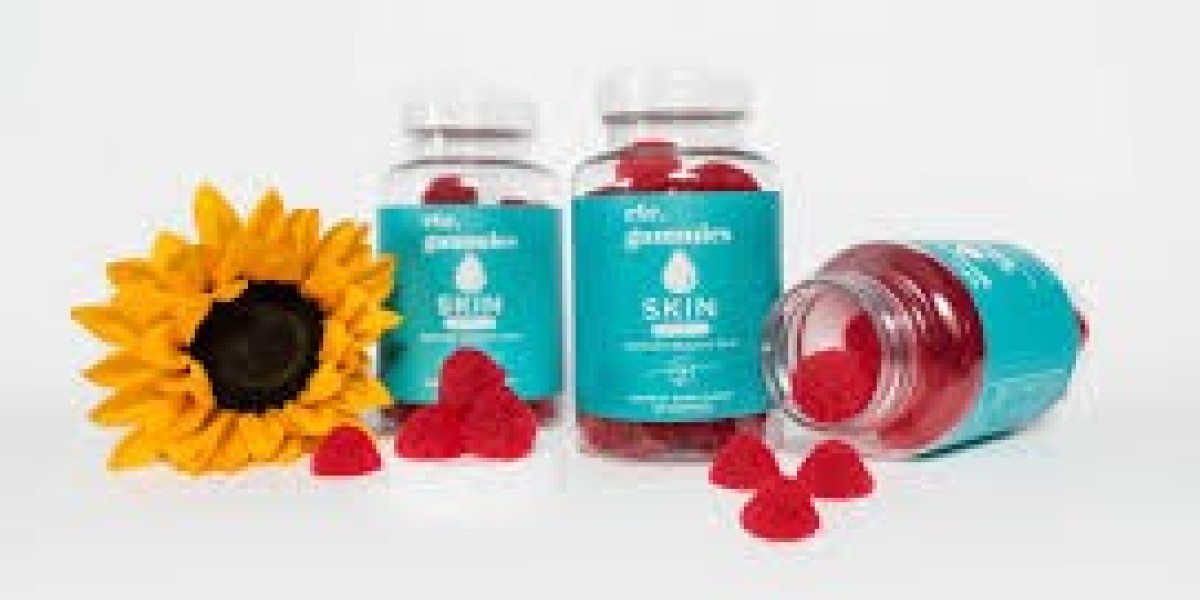Denim has been a staple in the fashion world for over a century, evolving from rugged workwear to a symbol of style and self-expression. Today, denim comes in various types, each with its own unique characteristics, appeal, and uses. Whether you're a denim enthusiast or just someone looking for the perfect pair of jeans, understanding the different types of denim can help you make more informed choices. In this article, we will dive into the most popular types of denim, including raw denim, selvedge denim, and more, and explore how premium quality jeans manufacturers play a key role in bringing these materials to life.
1. Raw Denim: The Untouched Fabric
Raw denim is untreated, unwashed denim that comes straight from the loom. Also known as "dry denim," this fabric is stiff, dark, and full of potential for personalization. Unlike washed denim, raw denim retains all of its original characteristics, allowing wearers to create their own unique fades and wear patterns over time.
Raw denim is particularly popular among denim enthusiasts who appreciate the process of "breaking in" their jeans, allowing them to form to the wearer’s body and create one-of-a-kind fades and textures. The fact that raw denim evolves with wear makes it a sought-after material for those who value individuality in their clothing.
Many denim manufacturers who specialize in high-end products offer raw denim as part of their collections, catering to a niche market that appreciates craftsmanship and durability. Denim manufacturing companies like Artistic Milliners are known for producing premium quality jeans made from raw denim, ensuring that the fabric retains its toughness while delivering comfort with time.
2. Selvedge Denim: A Heritage Fabric
Selvedge denim (or selvage denim) is another type of denim that has become highly valued in recent years. The term "selvedge" refers to the self-finished edges of the fabric, which prevent it from unraveling. This fabric is traditionally woven on narrow shuttle looms, resulting in a tighter, denser weave than regular denim.
The signature feature of selvedge denim is the clean edge, often finished with a colored thread that becomes visible when the jeans are cuffed. Selvedge denim is considered to be of higher quality than mass-produced denim and is often associated with a more artisanal, handcrafted approach to denim production.
While selvedge denim was originally produced in the U.S. and Japan, denim factories around the world, including top jeans companies and manufacturers in Pakistan, have adopted this traditional weaving method. Brands focused on producing premium quality jeans often offer selvedge denim as part of their collection, appealing to customers who appreciate durability and authenticity.
3. Stretch Denim: Comfort and Flexibility
Not all denim is stiff and rigid. Stretch denim has become increasingly popular thanks to its comfort and flexibility. This type of denim is woven with a small percentage of elastic fibers like spandex or elastane, allowing the fabric to stretch and adapt to the body’s movements. Stretch denim offers a snug fit without sacrificing comfort, making it a go-to choice for skinny jeans and body-hugging styles.
Denim and jeans manufacturers in Pakistan and around the world have embraced stretch denim for its versatility and appeal to modern consumers. It is particularly favored in women's jeans and casual wear, where comfort is often a priority.
Modern denim clothing companies continue to innovate with stretch denim, blending it with traditional cotton fabrics to offer the perfect balance of flexibility, durability, and style. Stretch denim is also often used by garment manufacturers to create more fitted and comfortable denim clothing for both casual and active wear.
4. Washed Denim: Faded and Softened
Washed denim refers to any denim that has been pre-washed or treated to give it a faded, worn-in look. This process softens the fabric, making it more comfortable to wear from the start. Washes can range from light, vintage-style fades to darker, more subtle treatments, giving each pair of jeans a unique look.
One of the most common washing techniques is stone washing, where denim is tumbled with stones to create a distressed effect. Other treatments include acid washing, sandblasting, and laser treatments, which offer different textures and appearances. Jeans manufacturers use these techniques to create a wide variety of finishes, catering to consumers who want jeans with a pre-worn aesthetic without the need to break them in.
Sustainable washing techniques are also being explored by leading denim factories like Artistic Milliners, which aim to reduce the environmental impact of these processes. The goal is to minimize water and chemical usage while still producing high-quality, pre-washed denim that meets consumer demand.
5. Organic Denim: A Sustainable Option
As sustainability becomes more important in the fashion industry, organic denim has emerged as a popular alternative for eco-conscious consumers. Organic denim is made from cotton that has been grown without the use of synthetic pesticides or fertilizers, reducing the environmental footprint of the farming process.
In addition to using organic cotton, many denim manufacturing companies are adopting sustainable production methods, such as reducing water and energy consumption during the dyeing and finishing stages. Organic denim often comes in both raw and washed varieties, and it can be just as durable and stylish as conventionally produced denim.
Pakistan, a major hub for denim production, is home to several denim and garment manufacturers that prioritize sustainability. Artistic Milliners is one such company, known for its commitment to producing eco-friendly, high-quality denim that meets the growing demand for sustainable fashion. These garment manufacturers in Pakistan are setting new standards for global denim fabric manufacturing, combining ethical practices with cutting-edge design.
6. Distressed Denim: The Vintage Look
Distressed denim has been a fashion staple for decades, offering a worn-out, rugged look that appeals to those who love vintage or edgy styles. Distressing can be achieved through a variety of techniques, including ripping, fraying, sanding, and washing. The result is a pair of jeans that looks well-worn and lived-in.
Distressed denim can range from subtle abrasions to heavily ripped and torn styles, depending on the desired aesthetic. Many denim manufacturers offer pre-distressed jeans, providing customers with that lived-in look right off the shelf.
For consumers who love vintage fashion, distressed denim offers a timeless appeal, and jeans manufacturers continue to experiment with new techniques to create unique and stylish finishes. Whether paired with casual tees or dressed up with a blazer, distressed denim adds character and edge to any outfit.
Conclusion: Choosing the Right Type of Denim
Whether you're a fan of raw denim's personalization potential or prefer the clean, finished edges of selvedge denim, understanding the different types of denim can help you choose the right pair for your style and lifestyle. From comfort-driven stretch denim to sustainable organic denim, today’s denim market offers something for everyone.
Denim manufacturing companies are constantly innovating, developing new ways to create stylish, durable, and sustainable fabrics. Companies like Artistic Milliners are leading the charge, producing premium quality jeans and denim products that reflect the demands of modern consumers while remaining committed to ethical and sustainable practices.
Whether you're shopping for your next pair of jeans or simply exploring the world of denim, understanding the variety of fabric options available will help you make a more informed decision and appreciate the craftsmanship behind this enduring fashion staple.







